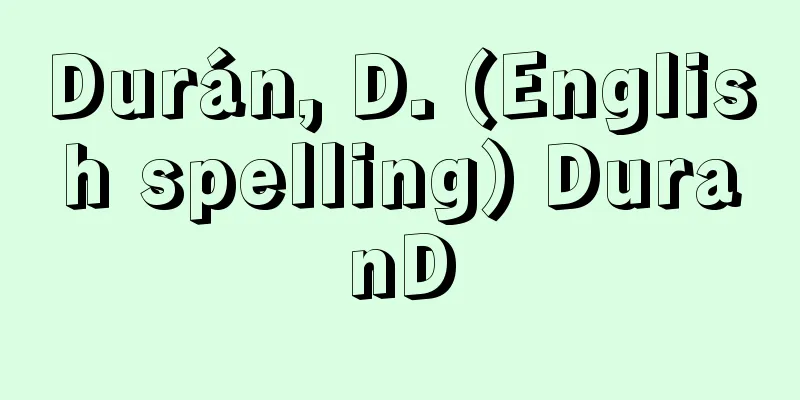Burial - Doso

|
Burial is a funeral method in which the body is buried in the ground, and is usually called burial. Burial has a very long history among funeral systems. It was already practiced in Europe during the Middle Paleolithic period, when Neanderthals buried their bodies by covering them with red oxidized soil. There are different burial positions, such as extended burial, in which the body is laid sideways with the knees slightly bent in the sleeping position, and flexed burial, also known as seated burial, in which the body is crouched with the arms and legs folded. Possible reasons for flexed burial include the fear that the dead will return, or the belief that the flexed burial imitates the position of a fetus in the mother's womb, and that the dead are sent back to Mother Earth in the form of a fetus and will be reborn from there. Another burial method that is quite old is to place the body in a coffin and bury it in the ground. In addition, multiple burials are often performed without a single burial, and involve reburial. There are various forms of multiple burials, such as burial on a platform followed by burial, cremation followed by burial, or burial where the remains are first buried and then removed and reburied after the ossified remains have been removed. Burials are still widespread today among hunter-gatherers, as well as agriculturalists and pastoralists. Furthermore, organized religions such as Christianity and Islam have also adopted burial as a funeral method, and burials have spread throughout the world along with the missionary activities of these religions. Burials are also practiced in China and Korea, but in this region, it is believed that if the location of the grave is decided according to Feng Shui and that the grave is built in an auspicious place, descendants will multiply and one will be blessed with prosperity. In Korea, during the Silla and Goryeo periods, when Buddhism was thriving, the practice of cremation was popular among aristocratic society, but with the rise of Neo-Confucianism, cremation was seen as unkind and unfilial and declined, and with the spread of Feng Shui beliefs, burial became widespread and took root. In Japan, flexed burials were practiced during the Jomon period, and burials in stone coffins and jar coffins were practiced during the Yayoi period. [Jun Shimizu] [Reference] |Source: Shogakukan Encyclopedia Nipponica About Encyclopedia Nipponica Information | Legend |
|
死体を土の中に埋める葬法で、普通は埋葬といっている。埋葬は、葬制のなかでも非常に古い歴史をもつ。ヨーロッパではすでに中期旧石器時代から行われていて、ネアンデルタール人は赤色の酸化土で死体を覆って埋葬していた。埋葬の姿勢には違いがあり、眠るときの姿勢で膝(ひざ)を軽く曲げ、横向きに置く伸展葬、しゃがんだ形に手足を折り曲げる屈葬あるいは座葬ともよばれる葬法などがある。屈葬にする理由は、死者が戻ってくるのを恐れるから、または、屈葬は母胎内の胎児の姿勢をかたどったもので、死者は母なる大地に胎児の形で送り返され、そこから再生すると考えたから、などの理由が考えられる。埋葬の方法としては、このほかに死体を棺に納めて土中に埋めるやり方もかなり古い。また、ただ一度の埋葬のみで完了せず、改葬を伴う複葬の形態をとることもしばしばある。複葬には、台上葬ののち埋葬するもの、火葬ののち埋葬するもの、一度埋葬したのち、取り出して骨化した遺骸(いがい)をさらに埋葬しなおすものなどさまざまな形態がある。埋葬は、現在でも採集狩猟民をはじめ、農耕民や牧畜民の間にも広がっている。さらにキリスト教、イスラム教のような組織宗教も、葬法として埋葬を採用しており、これらの宗教の布教活動とともに埋葬は世界各地に広がった。 中国、朝鮮でも埋葬が行われるが、この地域では、風水(ふうすい)によって墓地の場所を決め、吉地に墓をたてると子孫が繁殖し、一人の栄華がもたらされると信じられている。朝鮮では仏教の盛んであった新羅(しらぎ)、高麗(こうらい)の時代は、火葬の風が貴族社会に流行したが、朱子学の興隆とともに火葬は不仁不孝の至りとされて衰え、風水信仰の普及とともに土葬が広がって定着した。日本では、縄文時代には屈葬が、弥生(やよい)時代には石棺や甕棺(かめかん)を用いた埋葬があったことが知られている。 [清水 純] [参照項目] |出典 小学館 日本大百科全書(ニッポニカ)日本大百科全書(ニッポニカ)について 情報 | 凡例 |
<<: Dosokata group - Dosokata group
Recommend
caustizedash
...Sodium sesquicarbonate (Na 2 CO 3 ・NaHCO 3 ・2H...
Oton - Father
…the state founded by Othon de la Roche, a Burgun...
Diophantine equation
…Diophantine equations are also called Diophantin...
Management Spring Offensive
...Although the postwar labor movement has develo...
Kasugai plum blossom-warbler
...Naniwabushi, which became popular throughout t...
Outadokoro - Ooutadokoro
This was the place in charge of teaching and mana...
International Telecommunications Satellite Organization
…The abbreviation for International Telecommunica...
Alternanthera ficoidea (English spelling)
… [Takabayashi Masatoshi]. … *Some of the termino...
Coda - Coda (English spelling) Italian
A musical term. A section added to the end of a p...
Laws of color perception
...These laws are used to scientifically define c...
Imuta Pond
Imuta is a crater lake of the Imuta volcano in Im...
Seal certificate - Inkanshoumei
This is a certificate that the seal impression on...
Michigan [Lake] - Michigan
One of the five Great Lakes in North America. Long...
Cedrela
...A deciduous tall tree of the Meliaceae family ...
Functional localization
The human cerebral cortex is covered with irregula...









